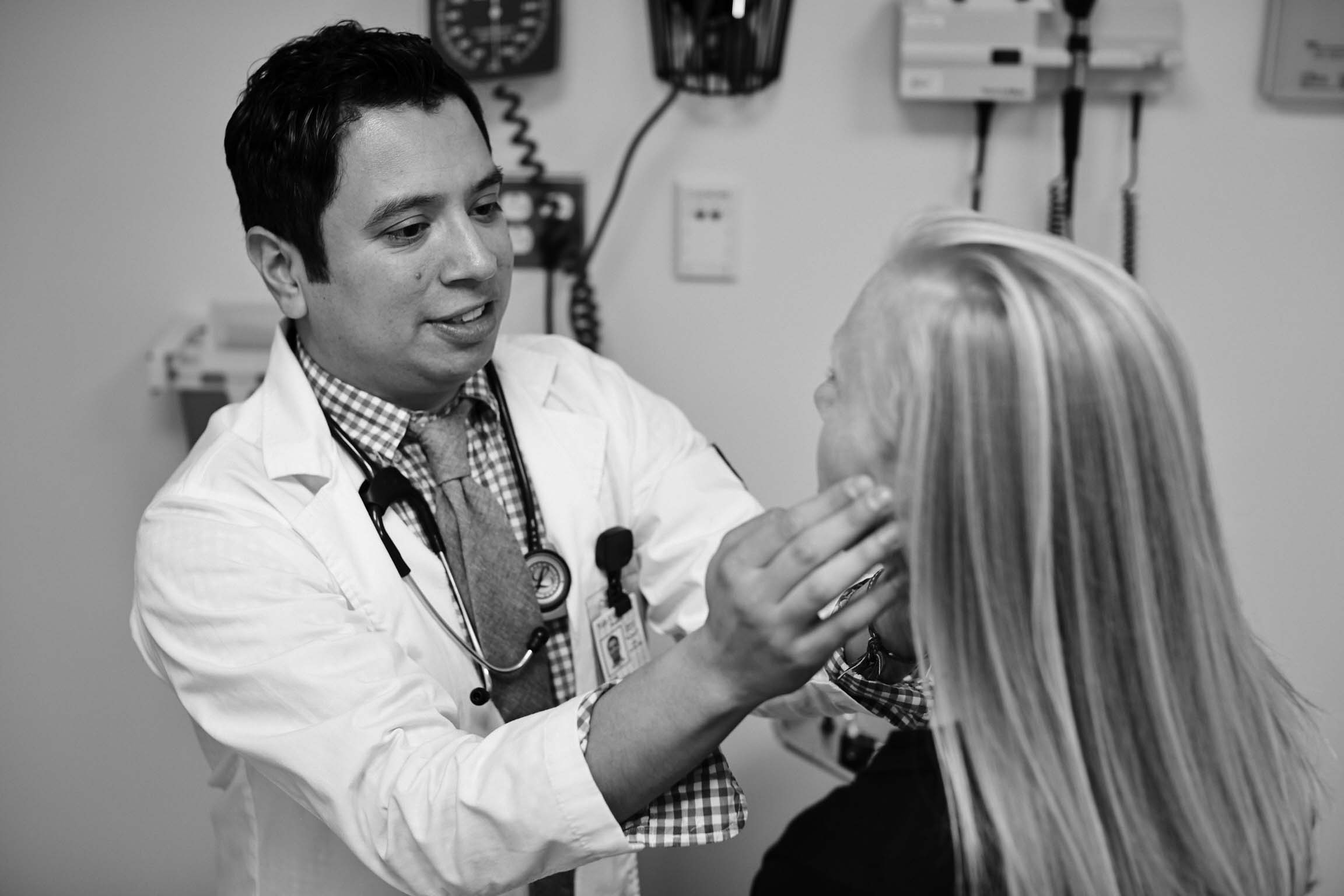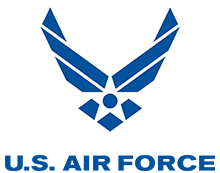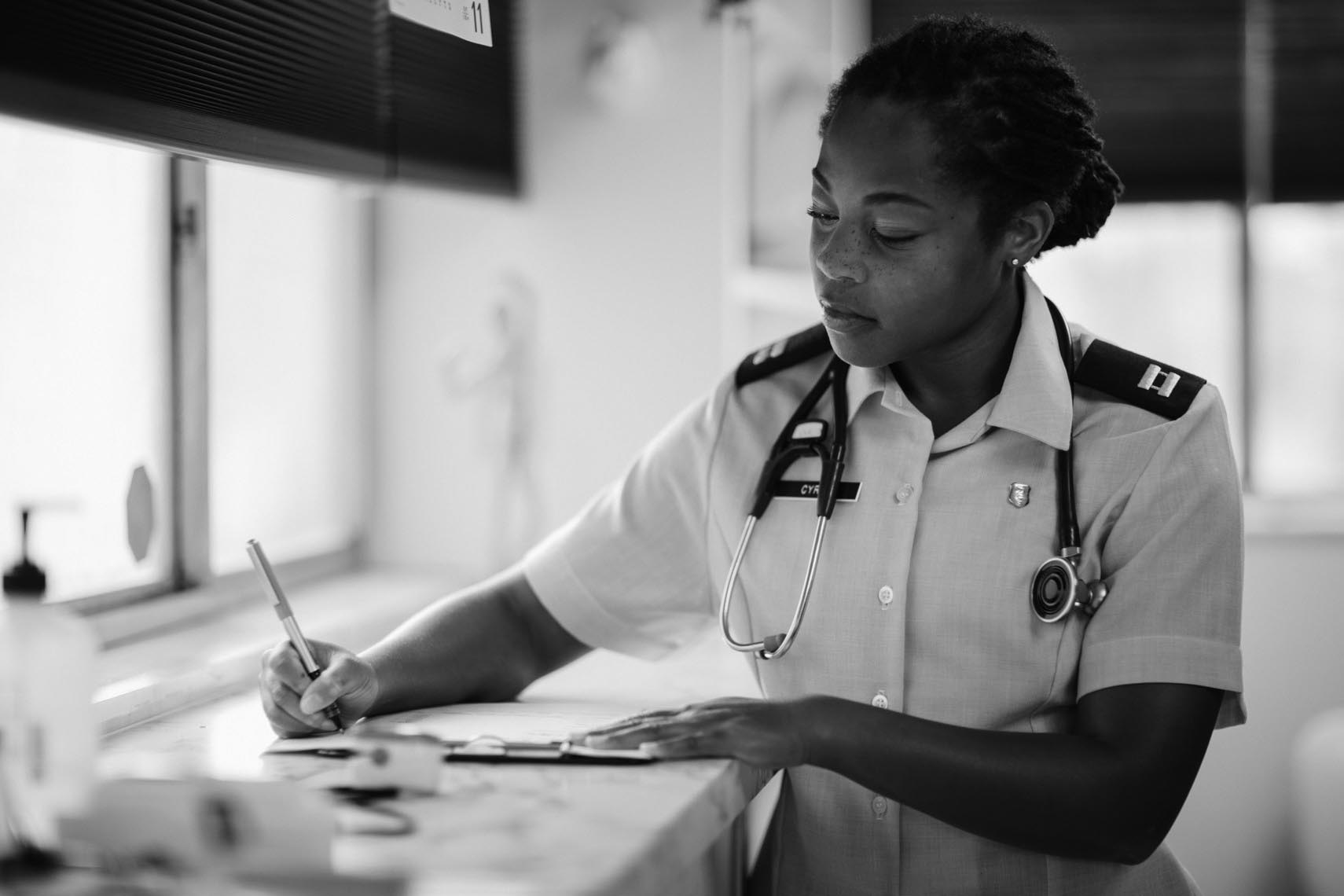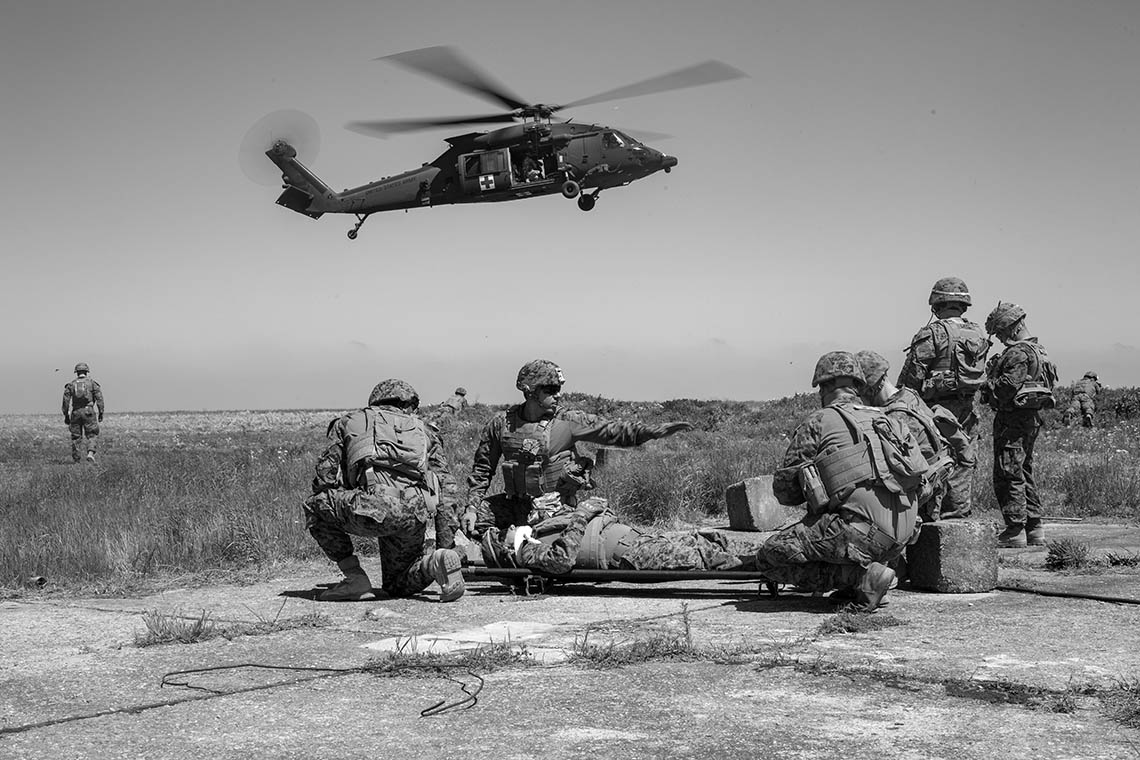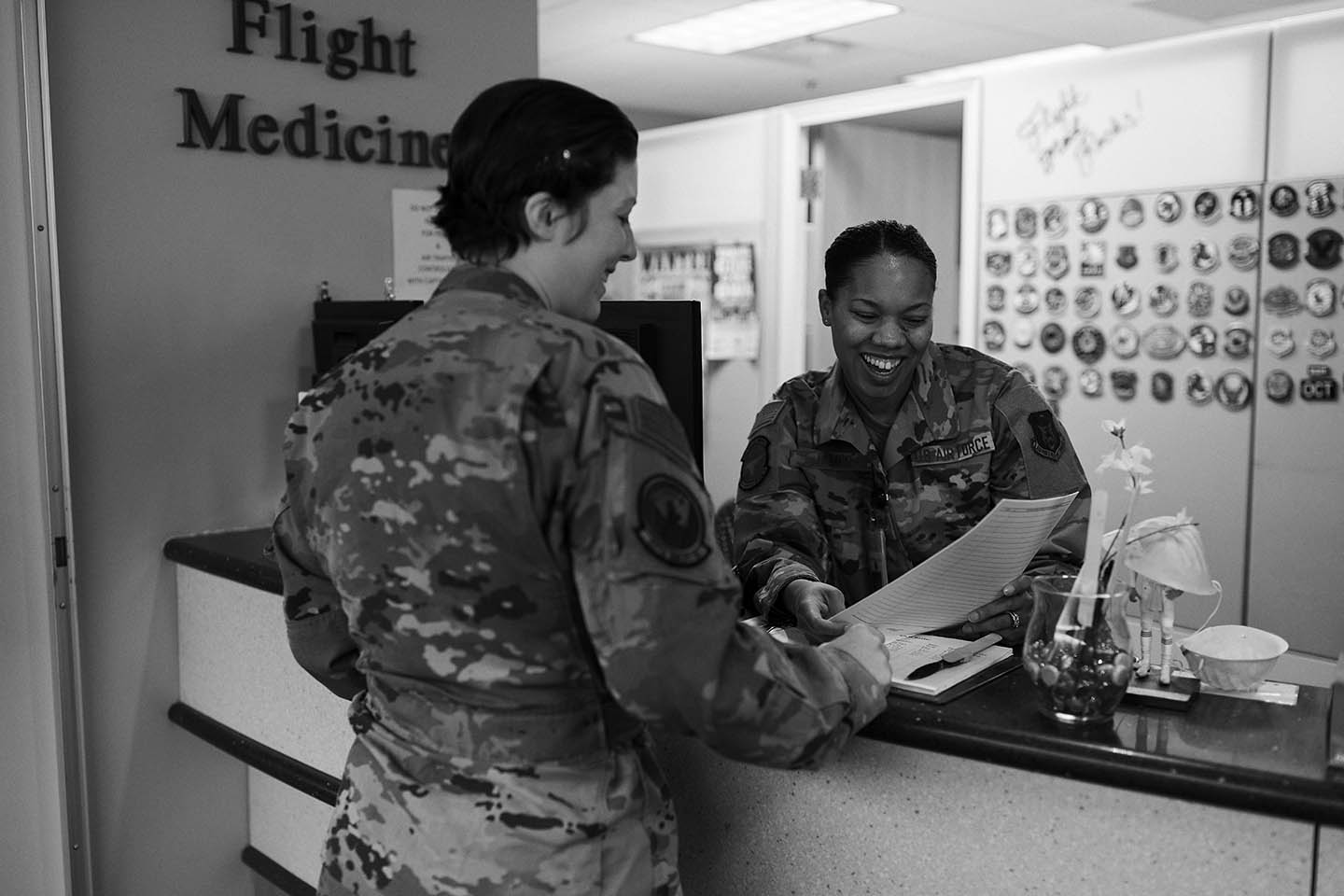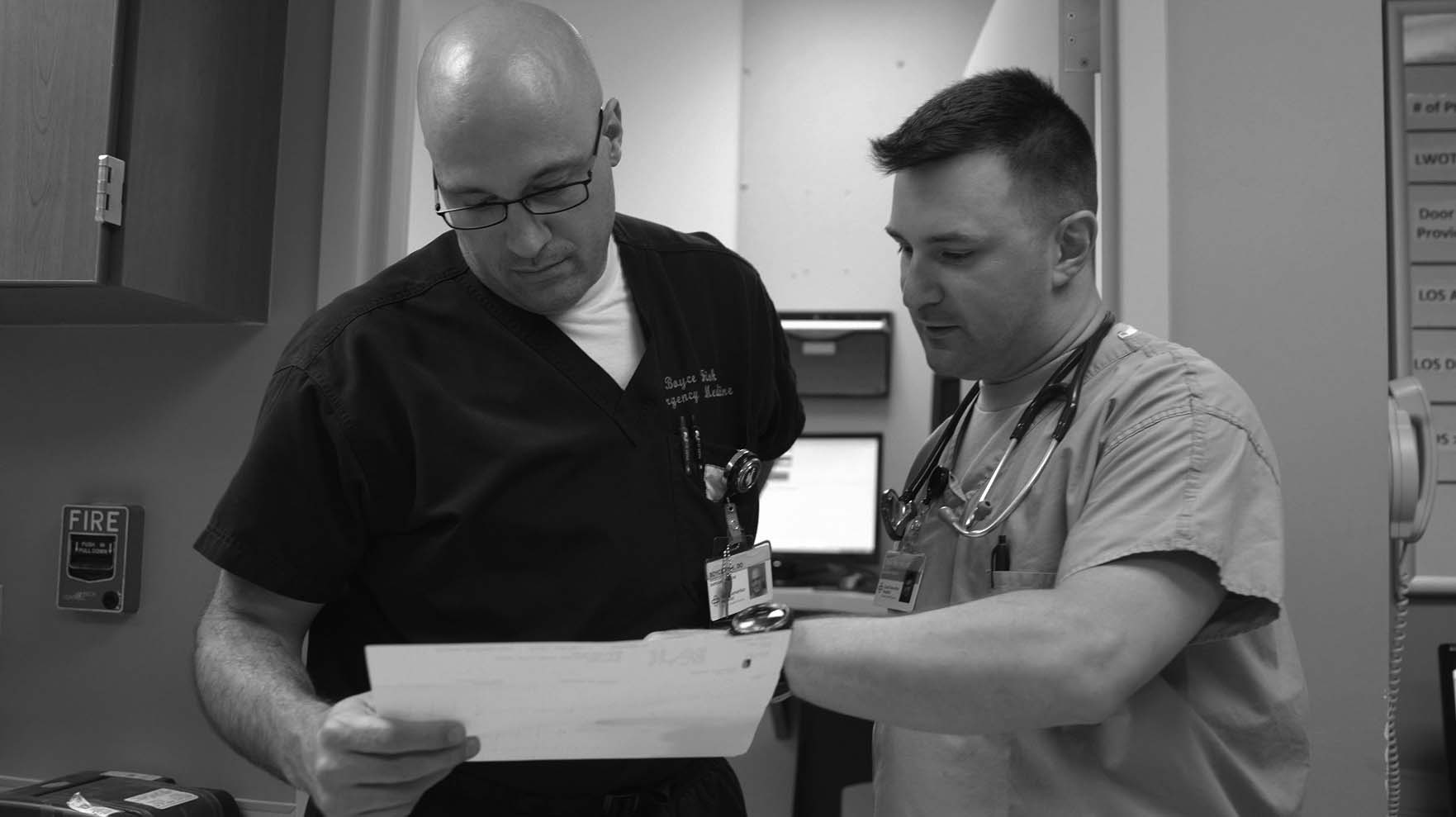- FAQs
- |
Frequently Asked Questions
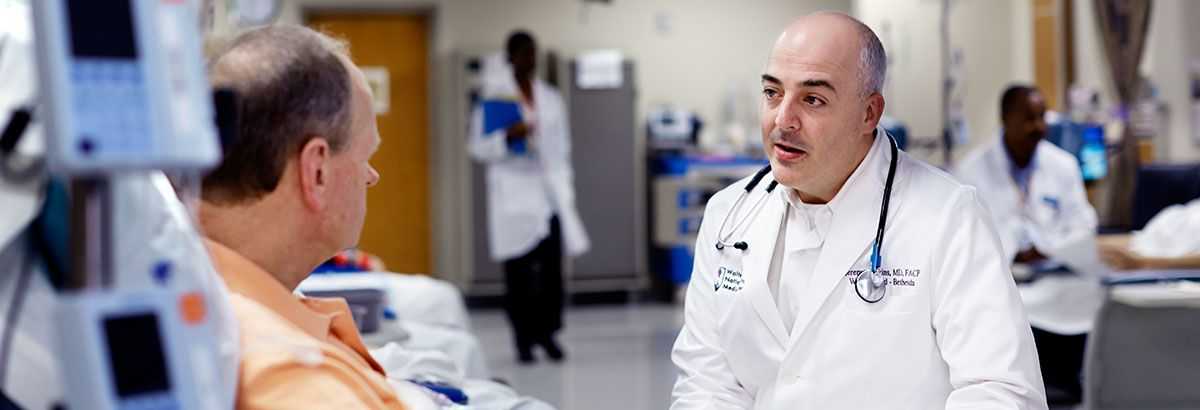
This page features some of the most common questions that health care professionals have about joining the Military. If you have any further questions, contact a recruiter.
Joining the Military
If you wish to become a physician for the Marine Corps, you will need to become a physician in the Navy, whose physicians serve members of the Marine Corps as well as the Navy.
Coast Guard does not have a dedicated medical corps. Physicians in the Coast Guard are USPHS corps officers who are detailed to the Coast Guard. The Uniformed Services University of the Health Sciences (USU) also accepts a small number of medical students who plan to join the Public Health Service.
In most cases, all officers in the Military must be American citizens in order to apply, but the Army and Army Reserve offers the Military Accessions Vital to the National Interest program. Noncitizens trained in certain specialties can receive expedited citizenship in exchange for a service commitment.
Learn more about the eligibility requirements to become a Military physician.
In general, an applicant for the HPSP or USUHS should have a minimum GPA of 3.0 and a minimum MCAT score of 500. A competitive applicant should have a GPA of at least 3.6 and an MCAT score between 506-509. The Military also factors in volunteer work and leadership.
Check out the application checklist and Interview tips for USU.
Check out the application checklist and Interview tips for HPSP.
In order to apply to HPSP or USU, your baccalaureate degree should be from an accredited program in the United States, Canada or Puerto Rico.
Like all recruits to service branches, you too will need to take a physical test as part of the entrance process, and you will be expected to be fit enough to handle the physical exercises of officer training. You must meet the height and weight standards for your Service, and your exercises will include runs, push-ups and planks. Fitness waivers are available on a case-by-case basis.
You should be at least 18 years of age when applying. If you are an HPSP candidate, you must not have reached your 42 birthday at the time you start your active-duty career. However age waivers are available on a case-by-case basis across all service branches and will depend on your specific situation.
Learn more about the eligibility requirements for all service branches.
Students who are accepted to an accredited osteopathic medicine program and physicians who have a degree in osteopathic medicine from an accredited school are welcome to apply.
You can, but you must have a valid U.S. license, be board certified in your specialty and will need an Educational Commission for Foreign Medical Graduates certification.
The Military requires that all physicians have a valid state license issued by a state, territory or commonwealth of the United States or the District of Columbia.
Reserve Officers' Training Corps cadets must be approved for an educational delay before they apply to medical school, and cadets and midshipmen in Service academies should obtain approval from their Service branch.
Finally, active-duty personnel will need to receive permission from their Personnel Command to attend medical school and participate in scholarship programs. Keep in mind that your preexisting service obligation will be added to any obligation related to your participation in a medical scholarship program.
Officer Training
If you are looking for a sense of responsibility early in your career, the Military can provide it. Officers are entrusted with a critical leadership role. Depending on the situation, you will lead other medical officers and enlisted servicemembers, who usually perform day-to-day tasks. Soon after you join, you will participate in the officer training offered by your Service branch.
The basic training for physicians is dfifferent from other enlisted service members. Physicians participate in officer training which depending on the service branch is between two and 14 weeks.
Learn more about the duration and location of officer training for each service branch.
Your training requirements depend on your Service and your specific situation. Contact a recruiter for more information.
Medical School Scholarships
Scholarships are awarded on a first come-first serve basis; so early application maximizes the opportunity for selection. You should contact a recruiter and start an application to the HPSP at the same time you begin your application to medical schools.
When you apply, contact a recruiter for each Service that interests you. You can apply solely to the Services that interest you, or you can apply to all three — Army, Navy or Air Force. If more than one Service accepts you, then you can choose which one to join.
Learn more about the three service branches that offer careers in medicine.
As a recipient of the HPSP, you will attend a civilian medical school. You will not wear a uniform to medical school classes. However, if you are on annual training and performing a military rotation or attending officer orientation, you will wear a uniform.
You are required to participate in one annual training period for every year of scholarship that you receive.
After you take classes in medical school, you will go on a series of rotations at various hospitals, including military medical facilities. Rotations allow you to apply what you've learned in the classroom and gain experience in different medical fields. The knowledge you gain during your rotation period will help you choose your specialty before applying to residencies. As an HPSP student, you may participate in either civilian or military rotations starting in your second or third year, but keep in mind that you will need to do at least one rotation at a military hospital to help you select a military residency.
For every year of scholarship, your basic service commitment is one year of active-duty service in a non-training status, with a three-year minimum.
No. Your time in residency will not count toward your service commitment. Contact a recruiter for more information.
Military Medical School
You will apply to USU through the American Medical College Application Service (AMCAS), using designation code 821.
If you are an active-duty commissioned service member or in the Reserve Officers' Training Corps or a Service academy, request a Letter of Approval (LOA) to apply to USU from your Service branch. If you are an active-duty enlisted service member, you will also need an LOA from your commander. If you are in a Reserve or Guard component, request permission from your commanding officer. Otherwise, the USU application process for service members is the same as it is for civilians.
After USU receives applications through the AMCAS, they will narrow their selection and invite potential students to an on-campus interview. If you are chosen for an on-campus interview, you will rank the Services you would like to join. Your service preference will be honored as much as possible if you are selected to attend.
Since USU students join as Active duty officers, during all four years of medical school, they are expected to wear uniforms on the USU campus.
USU students must take 700 hours of training in military-specific subjects, and they also take part in regular medical field exercises and reenactments.
In the final years, more specifically the third year of medical school, students enter the clinical clerkship phase. These are called rotations and provide students with exposure to what the future holds in their medical career. After you finish 16 months of training at USU, you will go on a series of rotations at various military medical facilities. These rotations will allow you to apply what you've learned in the classroom and gain experience in different medical fields. The knowledge you gain during your rotation period will help you choose your specialty before applying to residencies.
After USU students finish residency, they serve on Active Duty for seven years.
Residency + Match Day
Your chances of getting your residency of choice are similar to the chances for a civilian medical student. The availability of residency slots, however, depends on the Military's need at that particular time, how competitive you are as a student and how competitive the residency is overall.
Military medical students in the Health Professions Scholarship Program (HPSP) or in the Uniformed Services University of the Health Sciences (USU) must participate in a military match, and they will apply to the military Joint Service Graduate Medical Education Selection Board. The military match takes place in December, before the civilian match.
Military residency programs are just as competitive as civilian programs. If you do not match with a military residency or there are not enough residency slots for your specialty, the Military may grant permission for you to participate in the civilian match.
Medical students in the Reserve or Guard participate in the civilian match and are trained at a civilian institution.
In a military residency, you are on Active Duty while undergoing your residency training. Your time counts toward promotion, pay longevity and retirement.
If you are a civilian resident, your civilian facility pays your salary. During your residency, you will still be an officer in the Individual Ready Reserve, which means your time in the civilian program will count toward promotion and pay longevity. As soon as you are finished with your residency and come on Active Duty, you must begin paying back your service commitment, and you will start receiving military benefits.
If you do not match, you will have to match for a civilian Post Graduate Year 1.
If you do not match and you cannot switch to a residency in another field, you should plan on doing a one-year civilian or military internship. After the internship, you will be able to get your license to practice medicine. Then you can either reapply for a residency, or you can serve as a General Medical Officer (GMO).
The role of GMO is similar to that of a civilian general practitioner. As a GMO, you may be attached to a unit or a ship. Since the number of military residency slots can fluctuate from year to year, you may need to serve as a GMO before you can participate in the residency of your choice. It all depends on the Military's needs and the competitiveness of your desired residency.
Medical Resident Program
The FAP program is only for physicians in civilian residency training programs.
You will not be pulled away from medical training for deployments.
Physicians who receive the FAP in residency have an Active Duty Obligation of 2 years for the first year of FAP participation plus one-half year for each additional one-half year (or portions thereof) of participation with a minimum period of 2 years on Active Duty. You will need to wear the uniform during your training period at a military facility.
You are required to participate in one 14-day annual training period per every year of assistance that you receive, and your officer training will count as one of these periods.
The minimum service obligation for FAP is two years. After that, you will receive one year of service obligation for every additional year you participate in the program.
Deployment
During a deployment, you would be assigned temporarily to another location as part of a military operation or exercise. This is different from being stationed in a specific location, such as a military medical center, for a longer term.
Learn more about the various Medical Treatment Facilities across the globe.
You will not be pulled away from medical training for deployments.
You will not be pulled away from medical training for deployments.
The frequency of your deployments will depend on your military Service, your specialty and the needs of the nation.
You can expect to be deployed abroad, and you may also go on humanitarian missions.
Part-Time Service
Each Service has an active-duty and Reserve component. Additionally, the Army and Air Force have Guard components. Members of the Reserve forces serve the nation as a whole, and members of the Guard serve both the president and the governors of their respective states.
Learn more about the Reserve and Guard components of service branches offering medical careers.
Both the Reserve and Guard offer the Medical and Dental Student Stipend Program (MDSSP) for medical students and the Specialized Training Assistance Program (STRAP) for residents. The obligation for these programs is one year of service in the Reserve for every six months you receive the stipend.
The Navy Reserve also has its own stipend program for residents, called Training in Medical Specialties (TMS). If you participate in TMS, you will be obligated to serve as a lieutenant in the Navy Reserve for a minimum of three years.
Learn more about the various military benefits and support programs for Reserve and Guard.
Both the Reserve and Guard enable service members to be stationed close to home, and medical students in either the Reserve or Guard cannot be pulled away from medical training for deployments during their schooling.
Reserve and Guard members are expected to drill one weekend out of the month and two full weeks during the year, and they should be prepared to deploy if they are needed. Drilling consists of training in your military medical duties as a physician.
If you are deployed as part of the Reserve or Guard, the Uniformed Services Employment and Reemployment Rights Act (USERRA) will help ensure that you can return to your civilian job.
Once finished with their medical training, members of both the Reserve and Guard can be called upon to deploy and support their active-duty counterparts.
Your tasks will depend on the Military's needs at the time, but you may find yourself filling in for active-duty physicians who are deployed, or you may participate in field exercises and other training.
Your service commitment will vary depending on the benefits you accept. For example, if you participate in a stipend program such as the MDSSP, STRAP or TMS, you will have and obligated service to drill one year for every six months of benefits received.
Learn more about part-time options in Military medicine.
Licensed Physician Options
As a licensed physician, your education, training and experience will be evaluated to determine your rank. You will typically enter at the level of captain or major in the Army and Air Force, or lieutenant or lieutenant commander in the Navy, but you may enter at a higher rank depending on your experience and the Military's needs.
The process can take anywhere from three to six months. The Military needs time to evaluate your eligibility if you need a medical or age waiver.
The minimum length of time a licensed physician can serve on Active Duty is two years. Most physicians sign up for a minimum of three years. Your specific active-duty commitment may be longer if you accept a bonus or other benefits when you join.
Learn more about the steps for licensed physicians to join the Military.
Specific Careers
As a military medical student, you can choose your specialty, but your specialty will also depend on the needs of the Military at that time. If you are applying for a competitive residency, you may not be selected and will have to complete a Post Graduate Year 1 (PGY-1) year and reapply. You may also need to serve as a General Medical Officer (GMO) before reapplying. If you are interested in a certain specialty, contact a recruiter for more information.
A Flight Surgeon is a physician with specialized training and board certification in aviation and aerospace medicine. They provide medical care for pilots and crew members traveling in air and space. Flight surgeons are also required to get flight time with their units.
A GMO is similar to a general medical practitioner. GMOs are often attached to specific units, air wings, ships or submarines. Military medical students in the Navy and Air Force who do not match to a residency may be expected to do a PGY-1 year and then serve as a GMO before beginning a residency.
Learn more about the GMOs and the special training they receive.
There are ample research opportunities for both students and residents. As a 2nd year student you can be part of research rotations, after completing your officer training. Military's residency programs are approved by the Accreditation Council for Graduate Medical Education (ACGME), and residents have the opportunity to participate in, and even lead, research protocols.
Learn about the unique research opportunities and programs available for military physicians.
You can work both as a full-time or part-time physician in the military. You also have a wide range of medical specialties to choose from.
Learn more about the career paths under the three service branches.
Daily Work
Besides being responsible for force health protection and medical readiness of service members, military physicians also provide healthcare at home (between their deployments) to service members' families, veterans and millions of other beneficiaries, through a network of military hospitals and clinics. You will not have the same administrative and insurance concerns as do physicians in private practices, which means you can concentrate more on patient care.
Active-duty physicians are covered for malpractice when working in their assigned military position. Active-duty physicians who moonlight outside their military position must pay for their own malpractice coverage. Also, physicians in the Reserve and Guard receive malpractice coverage when they are serving in the Military, but they will need to pay for their own malpractice coverage when practicing as civilians.
Learn more about the financial benefits available to military physicians.
You may treat patients in a military hospital, you may also treat them on a ship, on a plane or in a combat zone. In general, you will be caring for service members and their families, but you may also be treating civilians, depending on your mission.
Learn about the variety of setting military physician's practice in.
Benefits
Your pay is based on your rank and time spent in the Military. If you receive a promotion in rank, you will receive a corresponding raise. Promotion to the next rank is based on time spent in the Service and in your current rank.
Learn about the competitive benefits and compensation for military physicians.
Physicians, like all active-duty service members, receive 2.5 days of paid vacation each month, totaling to 30 days a year. You can carry forward maximum 60 days of accumulated leave each year on to next fiscal year. Reserve & Guard also accrue leave at the same rate for each month they are on active duty.
Learn more about various other benefits available to service members.
The Military grants 12 weeks of parental leave to primary caregivers, and 21 days of parental secondary caregivers. The leave applies to all service members in the active duty component and to reserve-component members serving in a full-time status.There are a number of resources available to service members and their families to help strengthen their quality of life.
Military physicians are eligible for retirement after 20 years of service. This also applies to physicians in the Reserve or Guard. Even if you don't serve for 20 years, you can participate in the Thrift Savings Program, which is similar to a civilian 401(k) program.
Learn more about the benefits available to a military physicians.

